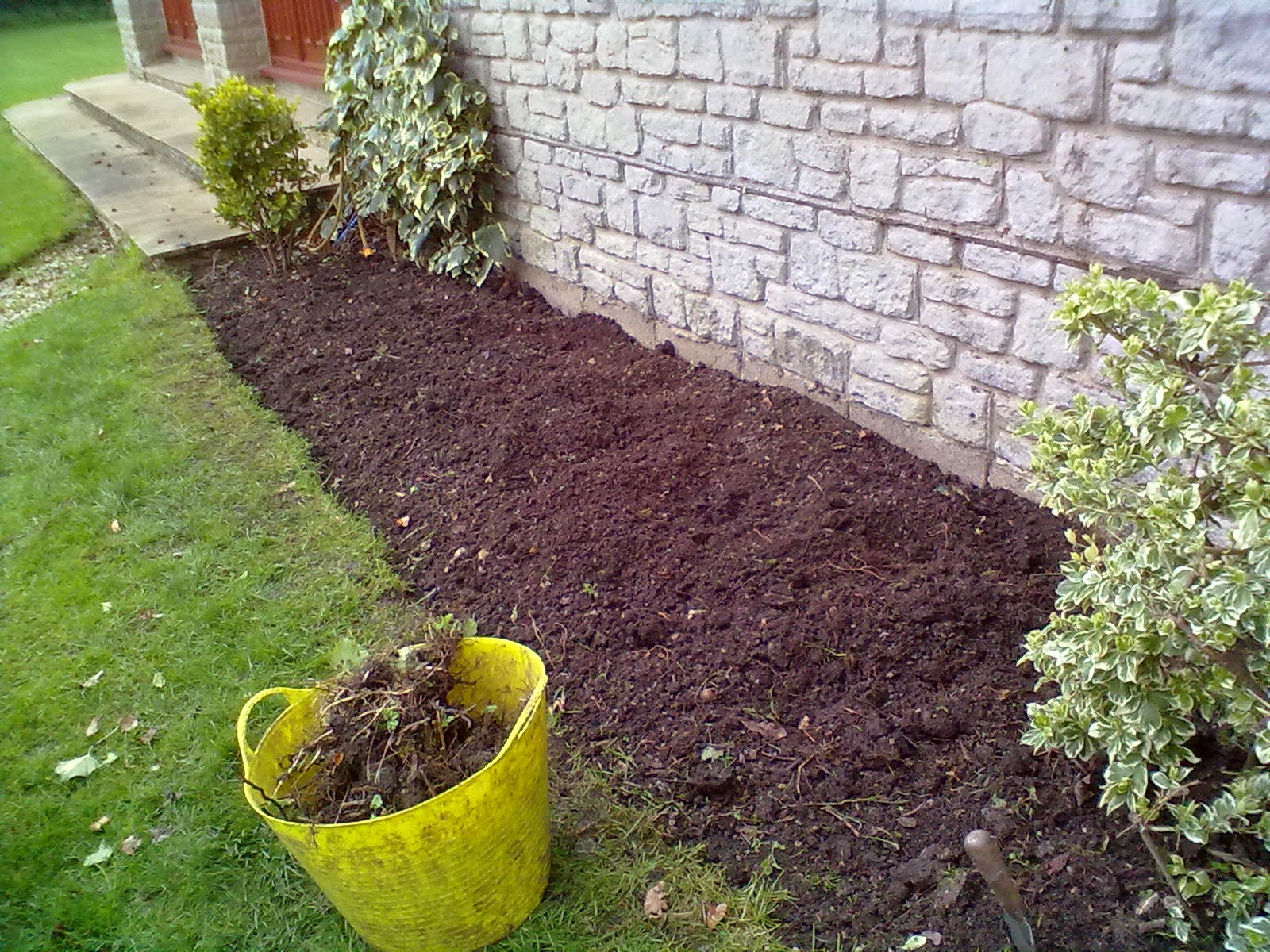"What is it that makes flowers look nice? What evolutionary benefit is there of finding flowers attractive?"
The first question is, who is Molly: answer, the grand-daughter of one of my Clients, who handed me a piece of paper with the above question, and asked me what I thought.
It's a very good question - and the answer lies with our habit of fiddling around with the world to make it suit us.
In the past couple of years I've been studying wildflowers, a class of greenery previously labelled by me as "weeds", and I've discovered that while many of them are things of beauty, they are mostly tiny, and they only last five minutes. This has reinforced my admiration for "cultivated" flowers, flowers which we have bred over the centuries, to be bigger, more colourful, more shapely, longer-lasting, more (or less!) scented, and generally to be "nicer" to our eyes.
So the first and easy answer is that flowers are not naturally "pretty" to our eyes, we have bred them to be that way - and the clear evolutionary advantage to the plant in allowing us to manipulate them, is that we then breed more of them. However, we also interfere with their natural processes when we do so, and many modern flowers are sterile - they don't set viable seed - and many more don't "come true" from seed, which means that the seedlings will not necessarily look as attractive as the parent.
(I could give you a lecture on Mendelian genetics and F1 hybrids at this point, but if you are that interested, you can look it up for yourself!)
So by interfering with the evolution of flowers, in some cases we have destroyed their ability to recreate themselves accurately. Which is fine until we lose interest in them, in which case they will gradually die out. Not exactly an evolutionary advantage.
The second part of the answer lies in the phrase "to our eyes".
The evolutionary point of flowers, the reason for them to exist, is to attract pollinating insects - yes, it's all about sex, I'm afraid! This means that the arrangement and colour (and scent) of the petals and sepals are not made for our benefit at all, they are made to attract insects, many of whom don't use the same set of light wavelengths as we do. They literally see things differently, often using bits of the spectrum that we just don't even notice, such as infra red and ultra violet.
For example, we all know what a dandelion looks like, right? Round yellow thing, lots of thin straight petals (technically, they are ray florets but don't let's get distracted), just yellow.
But when seen with a UV light filter, they suddenly have a very clear and obvious centre, which shrieks "land here!" to every bee that sees it.
Don't believe me? Here's a photo - right - of Dandelions by UV light, but please be aware that the "colours" are not really red and white, they are two differing UV radiations that we simply can't see. The photographer chose to show one wavelength as red and the other as white, for convenience (and for beauty) but those are what you might call "false colours".
This illustrates that insects see the flowers in a very different way from the way that we see them.
Many flowers are like this, with a bold "Get It Here" sort of marking in the middle, where the pollen is. Some have guide lines or landing strips instead.
If you are at all interested in this - and who wouldn't be? - there are some very good websites to look at. I found this one, by an unpronounceable Nordic chap, to be colourful and quite informative.
So the other answer is that flowers are only "pretty" by accident, and there is no evolutionary advantage to it.
Actually, a third answer could involve the fact that some wild flowers - or "weeds" - are not particularly pretty at all, and yet are about as abundant as it is possible to be. I am thinking of things like stinging nettles, whose flowers are insignificant: and ivy: not pretty in any real sense, but they grow anywhere, are found everywhere, and take over if you don't weed them out.
They don't seem to feel the lack of being "pretty", judging by their success, do they?
So, in answer to Molly's question, there are three possible answers from a Botanist's point of view: and I imagine that she would get a different answer, from someone with a different speciality!
Did you enjoy this article? Did you find it useful? Would you like me to answer your own, personal, gardening question? Become a Patron - just click here - and support me! Or use the Donate button for a one-off donation. If just 10% of my visitors gave me a pound a month, I'd be able to spend a lot more time answering all the questions!!














